Despite the money, full funding and construction are still slated for 5 to 8 years from now
RIDGEFIELD — Another push to move up the timeline of the 179th Street Interchange at I-5 redevelopment project fell short in the recent legislative session, but project planners didn’t leave Olympia empty-handed.
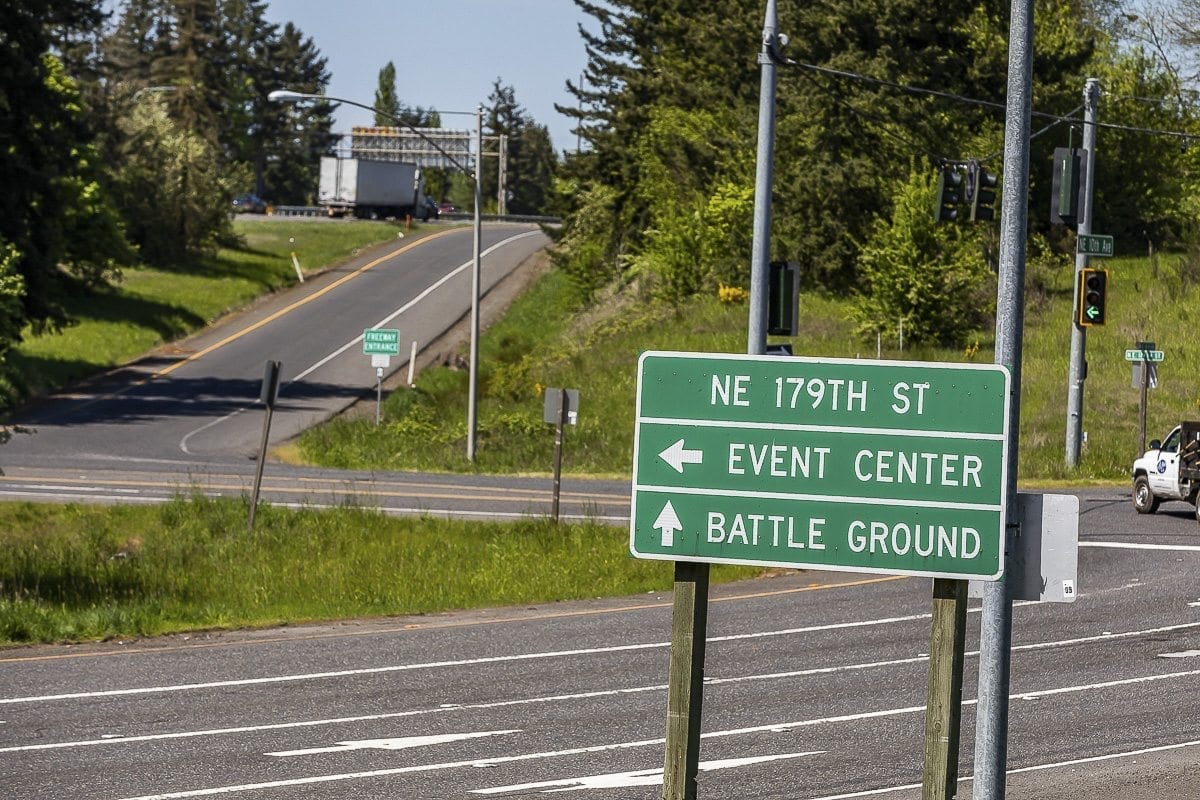
That interchange along I-5 stands at the gateway of the Discovery Corridor, a section of the freeway extending from the Fairgrounds up to La Center targeted for job growth and industry development in Clark County. The area around the 179th interchange includes swaths of land that developers have been eyeing for nearly a decade now, but many of those projects have been in a holding pattern.
“Some of the land that’s proposed for development is in the urban holding status, pending the transportation improvements that are needed,” says Heath Henderson, Public Works director for the county, “So obviously as those transportation improvements move forward, I’m sure that there’ll be an increase in development interest out there.”
Since planning for the 179th Interchange began, other major projects have come and gone along I-5 in north Clark County. To the south, the $133 million dollar 134th Street Interchange project in Salmon Creek wrapped up in 2014. To the north a major interchange project was completed in Ridgefield, and work in the La Center area continues in cooperation with the Cowlitz Tribe and ilani Casino.
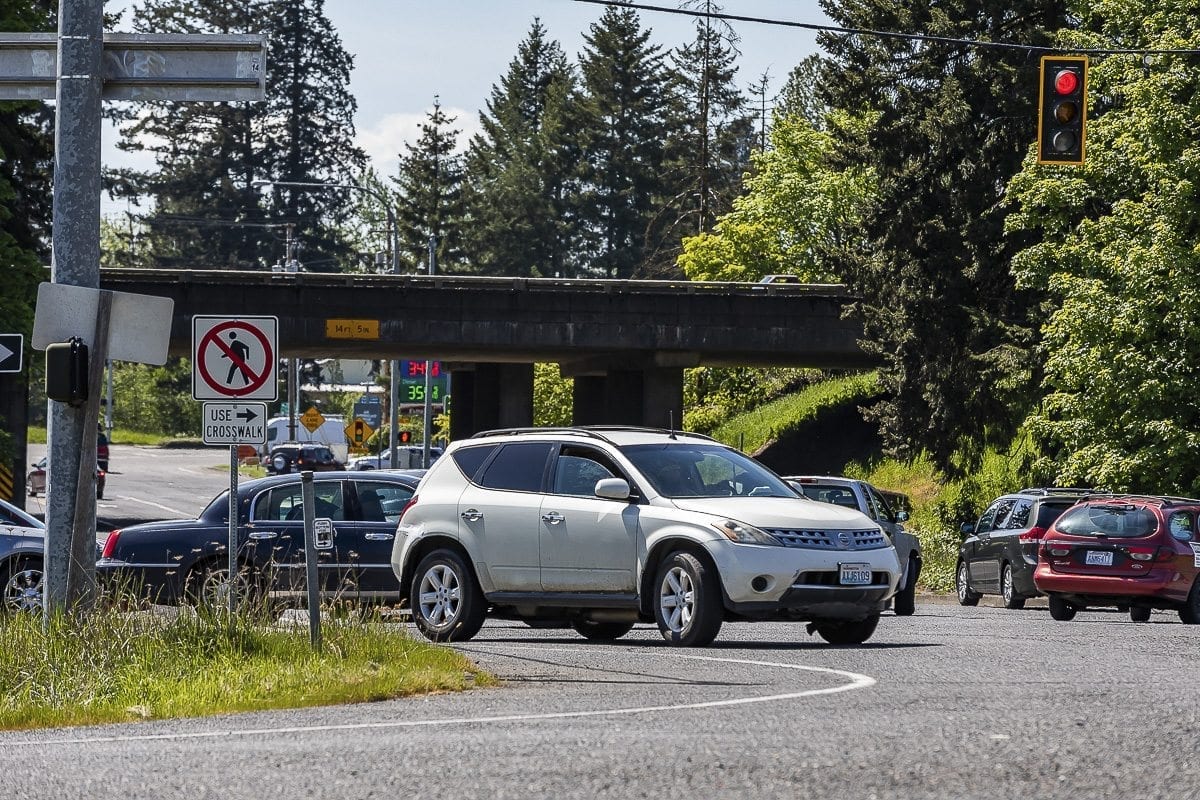
Currently, funding for the 179th/I-5 Interchange project will not become available until 2023, with construction not expected to start until 2025. That means planning work being done now has to account for a lot of unknowns.
“There’s been a developer agreement out there for a number of years. It’s probably old and no longer valid, based upon what the plan is today,” says Bart Gernhart, WSDOT’s assistant regional administrator for Planning and Engineering. “But that’s what we’re trying to do is better redefine what the plan is. What should the transportation system look like in eight years after our project, and what components of that are the county’s responsibility, what components are the developers going to build beforehand, and then what is WSDOT going to build.”
In an effort to hopefully move up funding for the project last year, Clark County authorized $232,000 of its own money to help WSDOT continue their design work on the Interchange. While lawmakers in the shortened 2018 legislative session again declined to bump up the timeline for funding the project, they did approve $500,000 for WSDOT to continue the planning and design process.
“We’ve been working with (the county) for the last year, charging to county funds,” says Gernhart, “now we can charge to our own funds, which seems more appropriate.”

That money will allow WSDOT to continue analysis of the project, and may give local lawmakers leverage to again push for full funding to come sooner. At the very least, it may allow construction to begin more quickly after the money becomes available.
“Ultimately we can define what the project is with local partners, the county and developers, and then define who’s going to build what,” says Gernhart.
As part of its six-year plan for the area, Clark County is working towards a number of projects that will set the stage for the eventual re-working of the freeway access ramps.
“We have the extension of 15th Avenue, which would go north from where it is now and ultimately connect into 10th Avenue,” says Henderson. “We also have a project proposed to re-align Delfel Road from where it’s currently located, which comes right in close to the Interchange, and move it a little further to the west behind the Chevron, potentially.”
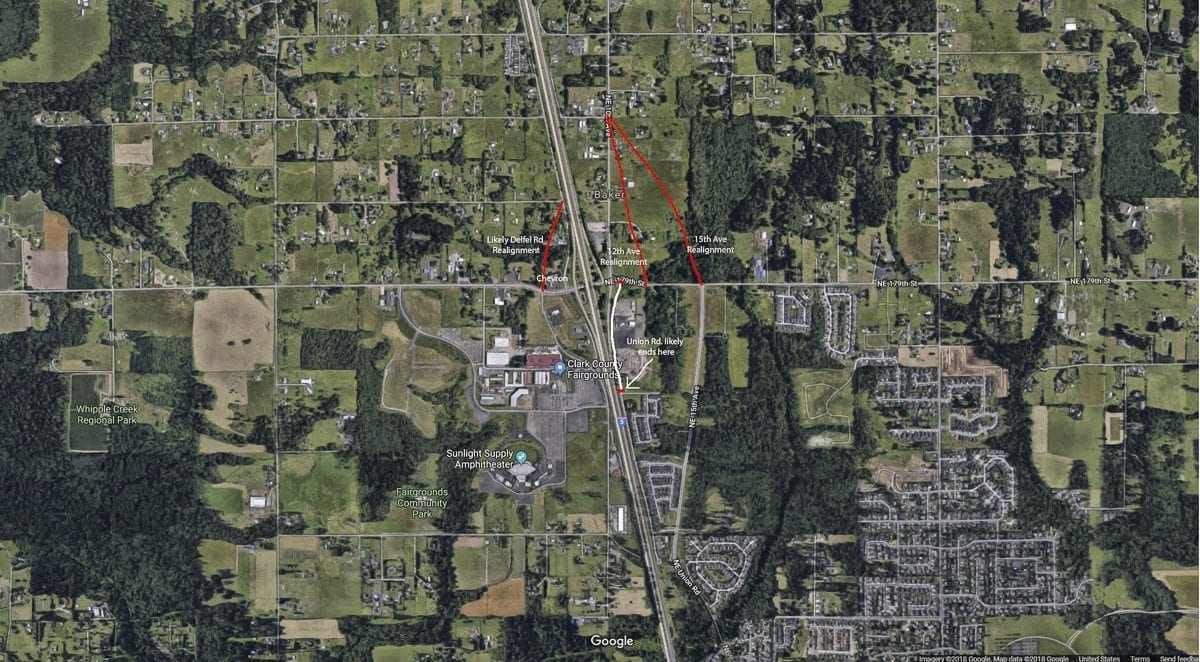
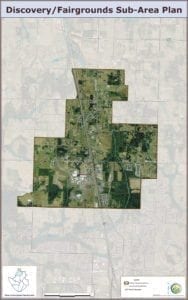
Last year, Jollie’s Restaurant closed after 54 years along Union Road east of I-5. In part, the decision came because that stretch of Union Road is likely to go away as part of the Interchange project.
“The frontage roads being too close to the interchange ramps are a problem,” says Gernhart, “and so those probably need to be moved out and away from the interchange a little bit.”
Also causing a potentially costly issue is a fish barrier that runs across the interchange.
“It’s a long culvert that starts at one side of the interstate ramp and goes under the ramp, under I-5 main line, under the other ramp, and comes out,” says Gernhart. “It’s a thousand feet long and it’s under both frontage roads. So that by itself is about a $10 million fix. So we’re trying to figure out whether we actually need to address it now, or if we can push it off to a future date.”
In terms of environmental benefit, the fish barrier doesn’t rate as highly important, but state law mandates that it be dealt with. There are also a number of wetland mitigation issues in that area around Whipple Creek and Gee Creek that could complicate development in the area.
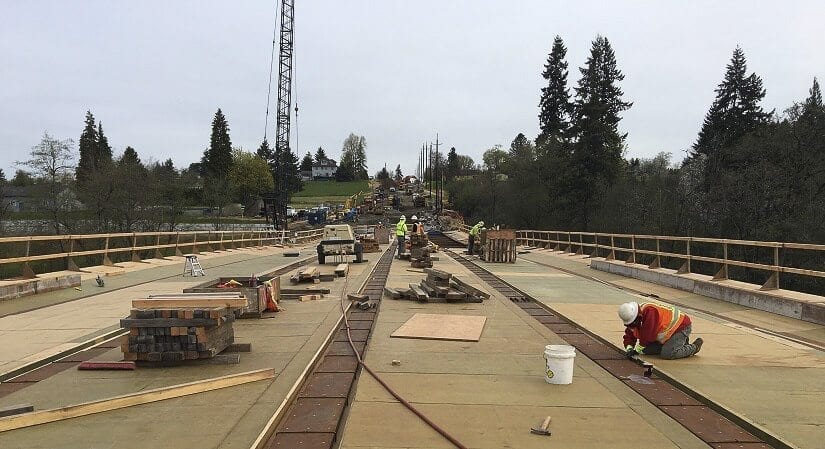
One major project already underway is a bridge to connect NE 10th Avenue west of I-5 across Whipple Creek. That project is expected to wrap up sometime this Fall. As for the other projects the County hopes to wrap up before the interchange project begins, “A lot of it depends on how development moves forward and the timing of funding that we can make available,” says Henderson. “We don’t necessarily have all the funding right now, but there may be some options as we move forward. So quite a bit of coordination will end up occurring between the state, county, and developments out there.”
All of which has been made a little easier thanks to a small gift from state lawmakers, even if it’s not exactly what local legislators or county officials were hoping to see.




